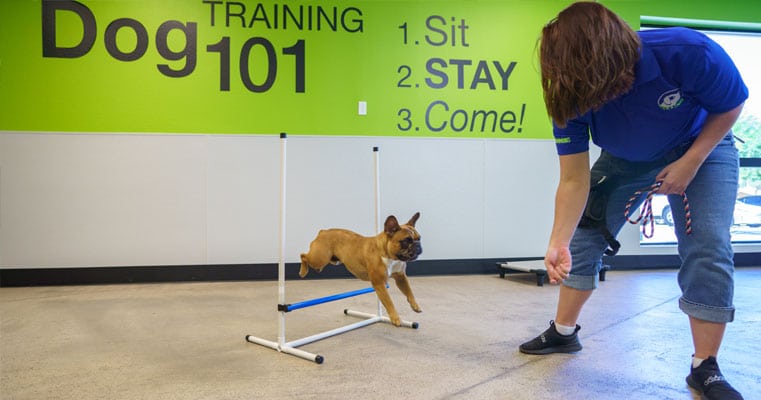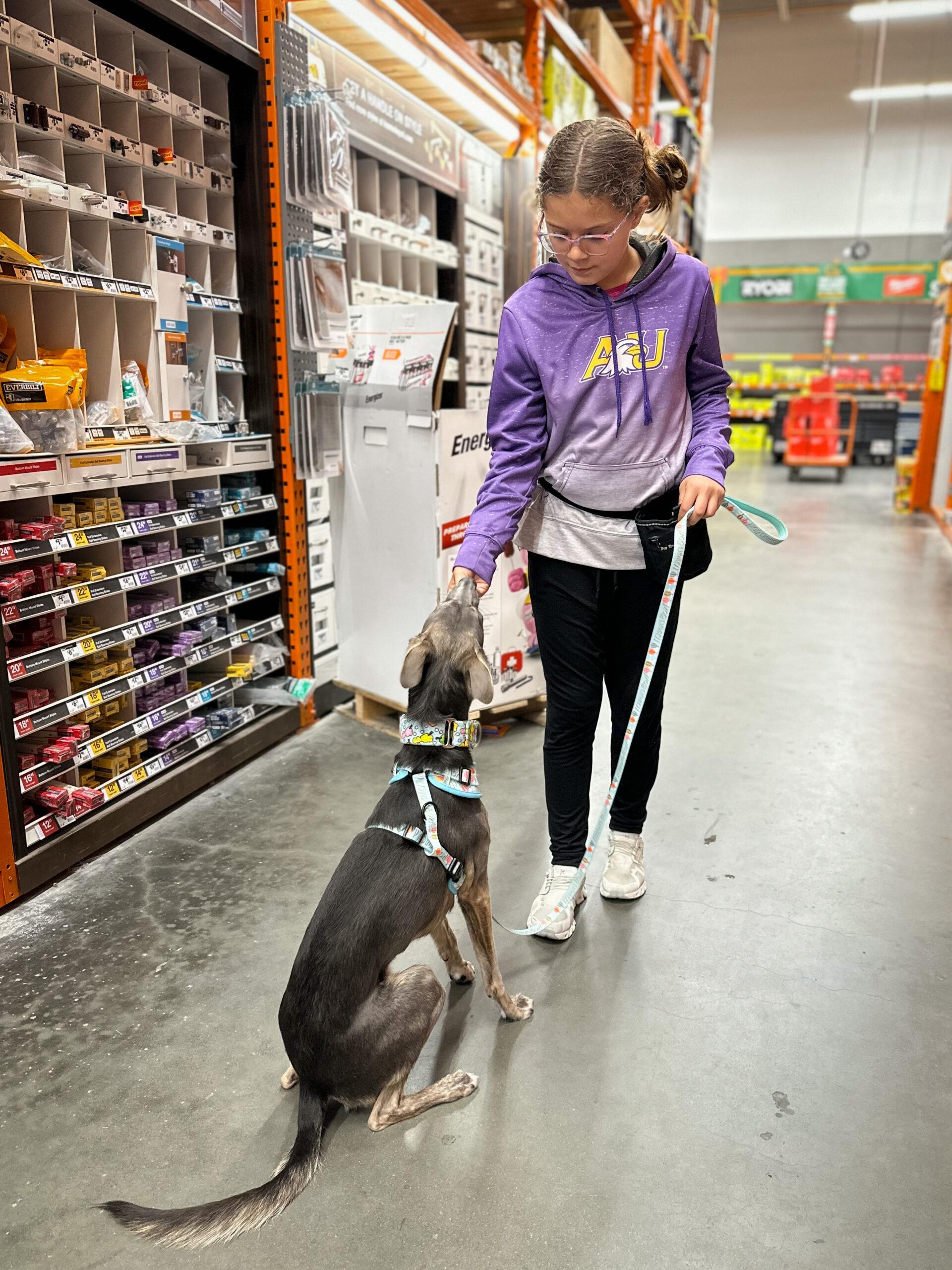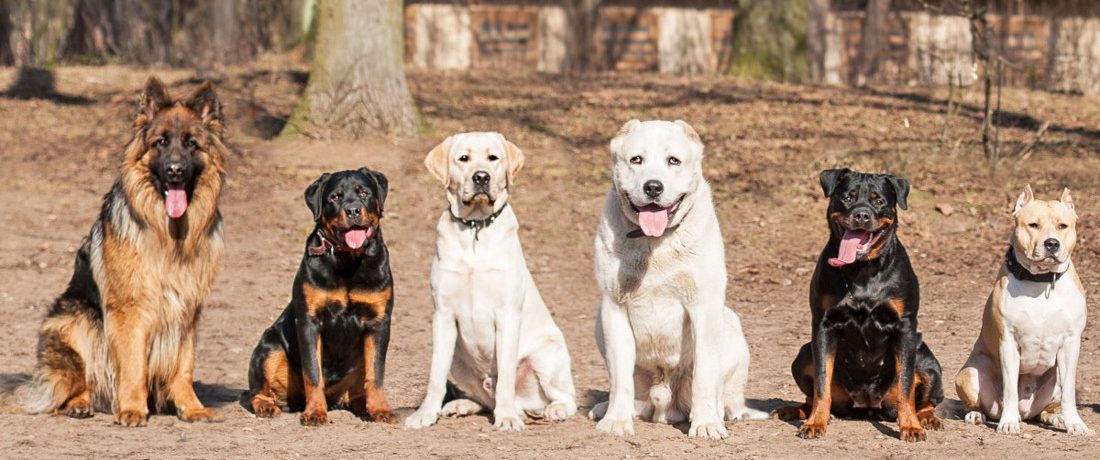Dog Training Rochester NY: Tailored Solutions for Every Dog's Needs
Dog Training Rochester NY: Tailored Solutions for Every Dog's Needs
Blog Article
Leading Dog Training Techniques Every Proprietor Must Know
Understanding reliable pet dog training techniques is critical for any type of animal proprietor intending to grow a harmonious relationship with their canine friend. Amongst one of the most prominent techniques declare reinforcement, clicker training, and chain training, each offering unique advantages that contribute to a well-behaved pet. The success of these strategies commonly pivots on the proprietor's commitment to consistency and patience. As we explore these basic techniques, it comes to be evident that understanding their nuances can significantly affect the training experience and the dog's general behavior. What are the crucial components that will make sure these techniques are executed efficiently?
Positive Reinforcement Strategies
Utilizing positive reinforcement methods is important for efficient pet dog training, as it fosters a relying on bond in between the pet dog and the instructor. This technique concentrates on satisfying preferable habits instead of punishing unfavorable ones, creating an atmosphere for learning. Benefits can include deals with, praise, or play, which inspire canines to duplicate the actions that make them these rewards.
Favorable support is rooted in the principles of operant conditioning, where behavior is affected by its effects. By regularly fulfilling particular actions, fitness instructors can shape a dog's habits with time. For example, a dog that remains on command and obtains a reward is a lot more likely to repeat that habits in the future.
Furthermore, this approach improves the pet dog's interest for training sessions. They are more involved and receptive when pet dogs associate training with favorable experiences. Beyond immediate habits alteration, positive support encourages a collective connection in between the dog and fitness instructor, decreasing anxiety and concern.
To take full advantage of performance, it is crucial to provide benefits immediately, ensuring the pet dog links the actions with the support. Basically, positive reinforcement strategies not just generate better-trained canines however likewise advertise a harmonious partnership between canine and owner.
Remote Control Training Approach
The clicker training technique is a very effective method that builds on the principles of positive reinforcement by adding a distinct noise to mark desired habits. This approach uses a small handheld gadget that produces a clicking audio, allowing trainers to communicate with their pet dogs in a clear and instant manner. When a canine carries out an actions that the proprietor desires to motivate, the clicker is triggered, adhered to by a benefit, generally in the type of deals with or appreciation.
The key to successful remote control training depends on uniformity and timing. It is crucial to click at the specific moment the wanted actions takes place, ensuring that the canine links the noise with the activity and the succeeding incentive. This method not just improves interaction but likewise promotes a stronger bond between the pet dog and the proprietor, as it urges engagement and interaction throughout training sessions.
Clicker training can be used to a range of commands and habits, from standard obedience to extra complicated techniques. Its flexibility and efficiency make it a preferred method among professional instructors and family pet proprietors alike, paving the means for a receptive and trained canine buddy.

Leash Training Fundamentals
Reliable chain training is necessary for making sure a safe and pleasurable walking experience for both dogs and their proprietors. A flat collar may work for some pets, while others might profit from a harness that minimizes drawing.
Present your dog to the chain slowly, permitting them to explore it in a comfy environment. This includes fulfilling your canine for strolling close to you rather than drawing ahead.
If your pet starts to draw, quit walking instantly. In addition, method numerous walking settings to assist your dog adjust to diversions.
Regular practice will strengthen your dog's understanding of chain rules. Bear in mind that leash training is an ongoing process; perseverance and consistency will certainly generate the most effective results, cultivating a favorable experience for both you and your canine companion.
Socialization Approaches
Socializing is a crucial element of pet training that ought to ideally begin during puppyhood however can be helpful at any kind of age. Effective socialization assists pet dogs establish confidence and decreases the probability of behavioral problems. To carry out successful socialization approaches, subject your canine to a range of environments, people, and other animals.

Begin with regulated settings, such as pup courses or arranged playgroups, where young pet dogs can communicate securely. Slowly present your pet dog to brand-new experiences, consisting of various noises, surface areas, and image source tasks. Make certain these experiences are favorable and fulfilling to establish a sense of protection.
For adult pet dogs or those doing not have exposure, begin with low-stress situations. Short, positive interactions with tranquil canines and friendly humans can produce positive associations - Dog training. Make use of treats and appreciation to enhance desirable behaviors throughout these experiences
Monitoring your canine's body movement is vital; indicators of fear or hostility ought to be addressed promptly, either by eliminating the dog from the scenario or rerouting its emphasis. Consistently exposing your pet to diverse stimulations will certainly promote flexibility, making it a well-rounded companion efficient in flourishing in different setups.
Uniformity and Perseverance
Recognizing useful content the relevance of consistency and perseverance in dog training is important for attaining long lasting results. Inconsistent training can lead to complication, making it tough for the dog to realize commands or actions, eventually impeding progress.
Dogs, like human beings, discover at their own speed. This promotes a relying on connection between the pet and owner, motivating a more eager and passionate learner.
To cultivate uniformity and patience, establish a routine training regular, make use of the same commands, and make certain that all member of the family use the same training concepts - Dog training. By doing so, you produce a stable environment helpful to finding out, allowing your dog to develop and grow into a well-behaved friend

Final Thought
To conclude, effective pet dog training techniques, such click to find out more as favorable support, remote control training, and proper leash training, are necessary for fostering a healthy and balanced owner-dog connection. Furthermore, implementing socialization methods and maintaining uniformity and perseverance throughout the training process contributes significantly to a dog's overall well-being. By integrating these methods, dog owners can assist in the growth of well-adjusted, loyal family pets, inevitably improving the top quality of life for both the owner and the dog.
Among the most prominent approaches are favorable support, remote control training, and chain training, each offering special advantages that contribute to a well-behaved pet. As we explore these basic approaches, it comes to be apparent that grasping their subtleties can substantially impact the training experience and the dog's total actions.Using positive support strategies is crucial for reliable pet training, as it cultivates a relying on bond between the fitness instructor and the canine.In final thought, reliable dog training methods, such as favorable support, remote control training, and proper leash training, are crucial for cultivating a healthy and balanced owner-dog partnership. By integrating these techniques, pet owners can assist in the advancement of well-adjusted, obedient animals, eventually improving the top quality of life for both the proprietor and the dog.
Report this page